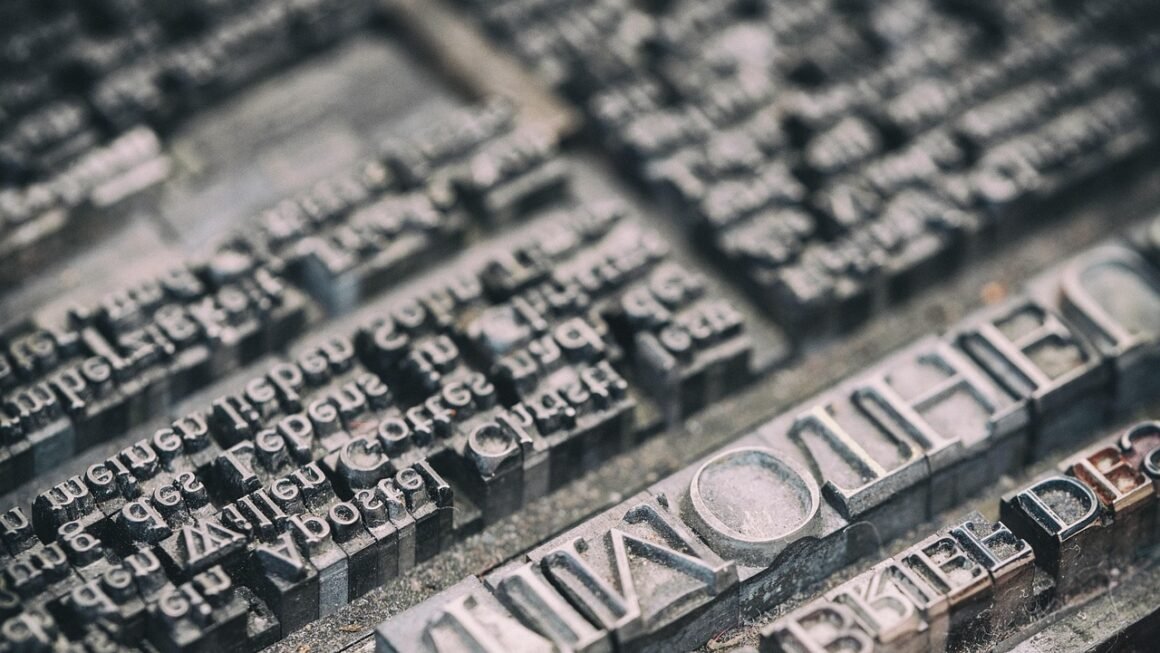Imagine a world where your online communications are virtually unbreakable, impervious to even the most powerful computers. This is the promise of quantum cryptography, a revolutionary approach to securing information that leverages the fundamental laws of physics. Quantum cryptography isn’t just a future concept; it’s a rapidly developing field with the potential to transform how we protect sensitive data in an increasingly interconnected world.
Understanding Quantum Cryptography
What is Quantum Cryptography?
Quantum cryptography, also known as Quantum Key Distribution (QKD), isn’t actually about encrypting data itself. Instead, it focuses on generating and distributing encryption keys using the principles of quantum mechanics. Specifically, it leverages the properties of quantum physics to guarantee secure key exchange between two parties, often referred to as Alice (sender) and Bob (receiver). The security stems from the fact that any attempt to intercept or eavesdrop on the quantum key exchange will inevitably disturb the quantum states, alerting Alice and Bob to the intrusion.
How Does it Work?
The core mechanism behind QKD relies on the transmission of qubits (quantum bits) – the fundamental unit of quantum information. Unlike classical bits, which are either 0 or 1, qubits can exist in a superposition of both states simultaneously. This superposition, along with other quantum properties like entanglement, is utilized to create a key that is demonstrably secure. Here’s a simplified overview:
- Quantum Transmission: Alice encodes bits as qubits, using various polarization angles of photons (light particles) to represent 0s and 1s. She sends these qubits to Bob through a quantum channel.
- Quantum Measurement: Bob measures the incoming qubits using randomly chosen measurement bases. This is crucial as any attempt to perfectly replicate the qubits for eavesdropping would require knowing the exact polarization and measurement basis, which is impossible in practice.
- Sifting: Alice and Bob publicly compare their measurement bases over a classical channel (e.g., the internet). They discard the bits where they used different bases and keep the ones where they used the same bases. This process is called sifting.
- Error Correction and Privacy Amplification: Even with the best equipment, there can be errors in the transmission due to noise or imperfections in the equipment. Alice and Bob use error correction codes to identify and correct these errors. Privacy amplification is then applied to remove any potential information an eavesdropper (Eve) might have gained during the transmission.
- Secret Key Generation: After error correction and privacy amplification, Alice and Bob are left with a shared secret key. This key can then be used with a classical encryption algorithm (like AES) to encrypt and decrypt messages.
Popular QKD Protocols
Several QKD protocols exist, each with its own strengths and weaknesses. Some of the most well-known include:
- BB84: The first QKD protocol, developed by Charles Bennett and Gilles Brassard in 1984. It utilizes four different polarization states of photons to encode qubits.
- E91: Based on quantum entanglement, developed by Artur Ekert in 1991. This protocol requires the distribution of entangled photon pairs.
- B92: A simplified version of BB84 that uses only two polarization states.
- Continuous-Variable QKD (CV-QKD): Uses continuous variables like the amplitude and phase of light to encode information.
Benefits of Quantum Cryptography
Unconditional Security
The most significant advantage of QKD is its theoretical unconditional security. This means that the security of the key exchange is based on the laws of physics rather than the computational difficulty of mathematical problems, as is the case with traditional cryptographic algorithms like RSA or ECC.
- Immune to Computational Advances: Traditional encryption methods are vulnerable to attacks from increasingly powerful computers, including quantum computers. QKD, in principle, remains secure regardless of advancements in computing power.
- Detection of Eavesdropping: Any attempt to intercept or measure the qubits during transmission will inevitably disturb their quantum state. This disturbance can be detected by Alice and Bob, alerting them to the presence of an eavesdropper.
- Future-Proofing Data Security: As quantum computers become a reality, QKD offers a long-term solution for protecting sensitive information against future threats.
Enhanced Key Management
QKD simplifies and automates key management processes.
- Automated Key Generation and Distribution: QKD systems can automatically generate and distribute new encryption keys, eliminating the need for manual key exchange, which can be vulnerable to human error and interception.
- Reduced Reliance on Trusted Third Parties: In some traditional key management schemes, trusted third parties are needed to vouch for the authenticity of the keys. QKD eliminates or reduces the need for these intermediaries.
- Real-Time Key Updates: The ability to generate new keys frequently and automatically allows for real-time key updates, further enhancing security.
Challenges and Limitations
Distance Limitations
Quantum signals are susceptible to loss and decoherence over long distances.
- Photon Loss: As photons travel through fiber optic cables, some of them are lost due to absorption and scattering. This limits the distance over which QKD can be effectively implemented. Currently, QKD systems can transmit keys over distances of around a few hundred kilometers without the use of trusted nodes.
- Decoherence: Qubits are fragile and can lose their quantum properties due to interaction with the environment. This decoherence can introduce errors in the key exchange and reduce the security of the system.
- Solutions: Researchers are exploring various solutions to overcome these limitations, including the use of quantum repeaters and satellite-based QKD.
Cost and Complexity
Implementing QKD systems can be expensive and complex.
- Specialized Equipment: QKD systems require specialized equipment, such as single-photon sources, single-photon detectors, and highly stable optical components. This equipment can be costly to purchase and maintain.
- Integration Challenges: Integrating QKD systems with existing communication infrastructure can be challenging.
- Technical Expertise: Operating and maintaining QKD systems requires specialized technical expertise.
Vulnerabilities in Implementation
While QKD is theoretically secure, practical implementations can be vulnerable to attacks.
- Side-Channel Attacks: Attackers can exploit imperfections in the hardware or software used in QKD systems to gain information about the key. These side-channel attacks can bypass the theoretical security of the protocol.
- Trojan-Horse Attacks: Attackers can introduce malicious code or hardware into the QKD system to compromise its security.
- Countermeasures: Ongoing research and development efforts are focused on identifying and mitigating these vulnerabilities.
Applications of Quantum Cryptography
Securing Critical Infrastructure
QKD is ideally suited for securing critical infrastructure, such as:
- Financial Institutions: Protecting sensitive financial data and transactions from cyberattacks.
- Government Communications: Securing classified information and diplomatic communications.
- Healthcare Providers: Protecting patient data and medical records.
- Energy Grids: Ensuring the security and reliability of energy distribution networks.
Protecting Data in Transit
QKD can be used to secure data in transit, such as:
- Telecommunications Networks: Protecting voice and data communications from eavesdropping.
- Cloud Computing: Securing data stored in the cloud.
- VPNs: Enhancing the security of virtual private networks.
Enhancing Cybersecurity Posture
QKD can improve the overall cybersecurity posture of organizations.
- Strengthening Encryption: Providing a robust and future-proof encryption solution.
- Reducing Risk of Data Breaches: Minimizing the risk of data breaches and cyberattacks.
- Improving Compliance: Meeting regulatory requirements for data security.
For example, consider a bank that needs to transmit sensitive financial data between its headquarters and a branch office. By using a QKD system, the bank can generate and distribute a secure encryption key that is virtually unbreakable. This ensures that the data remains confidential even if an attacker intercepts the communication.
Conclusion
Quantum cryptography represents a significant advancement in the field of data security. While it faces challenges in terms of distance limitations, cost, and implementation vulnerabilities, its potential to provide unconditional security and future-proof encryption makes it a compelling solution for protecting sensitive information in an increasingly complex and interconnected world. As technology advances and the threat landscape evolves, quantum cryptography is poised to play an increasingly important role in safeguarding our digital assets. Organizations should start exploring the possibilities of QKD and consider its potential benefits for their specific security needs. The future of cybersecurity may very well be quantum.



